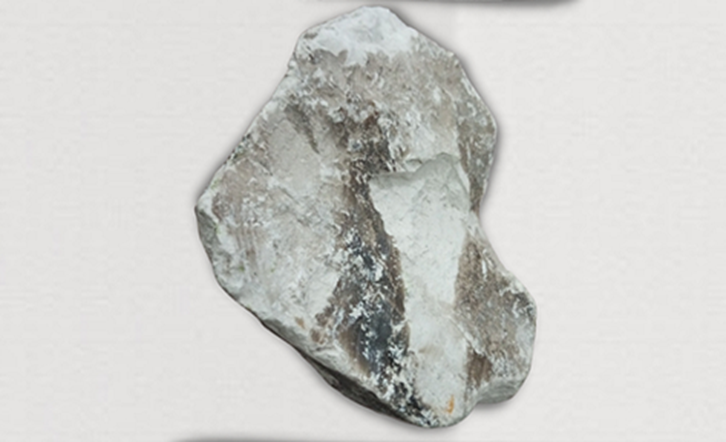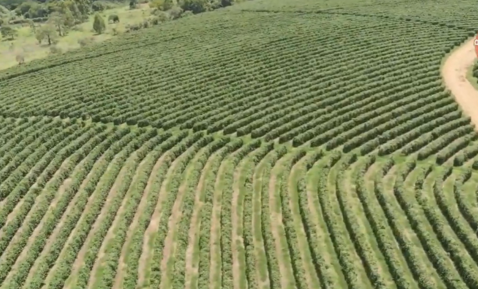Exploring the Scientific Marvels of Africa’s Calcium Bentonite Clay
Introduction
Nestled beneath the rich soils of Africa lies a hidden treasure that transcends time – calcium bentonite clay. Also known as ndom, ulo, nzu, ebumba, eko, mabele, la craie by different tribes in Africa. This unassuming substance, extracted from the earth’s embrace, holds within its mineral matrix a host of scientific wonders that have fascinated researchers, health enthusiasts, and industries alike. From its intricate molecular structure to its diverse applications, calcium bentonite clay is a testament to the Earth’s profound capacity to nurture and inspire. In this blog, we embark on a journey to uncover the scientific marvels of this ancient earth treasure.
The Genesis of Calcium Bentonite Clay
Derived from volcanic ash that underwent millennia of natural processes, calcium bentonite clay is a testament to the transformative power of geology. The volcanic ash, rich in minerals like montmorillonite, underwent a series of chemical reactions and interactions with groundwater, giving rise to the unique layered structure that defines the clay. This mineral-rich matrix underpins the clay’s scientific potency and its remarkable ability to interact with its environment.
The Molecular Dance: Cations and Anions
At the heart of calcium bentonite clay’s scientific allure is its molecular structure, characterized by layers of negatively charged platelets. This negative charge attracts positively charged ions (cations), resulting in a complex dance at the molecular level. The clay’s capacity to exchange ions with its surroundings enables it to adsorb a wide range of substances, including toxins, heavy metals, and organic compounds. This ion exchange is not only the foundation of its detoxifying abilities but also the reason behind its applications in various industries, from health and beauty to environmental remediation.
Detoxification and Wellness
Calcium bentonite clay’s capacity to adsorb toxins forms the basis of its role in promoting wellness. When ingested or applied to the skin, the clay acts as a gentle yet effective detoxifying agent. It binds to impurities and harmful substances, preventing their absorption by the body. The clay’s impact extends beyond detoxification; its mineral composition contributes to skin health, promoting circulation, exfoliation, and rejuvenation.
Environmental Restoration
Beyond its human-centric applications, calcium bentonite clay plays a vital role in environmental restoration. Its ability to stabilize soil, prevent erosion, and contain pollutants has earned it a place in sustainable land management practices. This dynamic application underscores the harmony between scientific understanding and ecological stewardship.
Innovative Future
As we navigate an era of increasing environmental awareness and scientific exploration, calcium bentonite clay’s potential continues to expand. Researchers are exploring its use in fields as diverse as agriculture, water treatment, and material science. Its role in mitigating contaminants and enhancing soil quality positions it as a key player in sustainable development.
Conclusion
Africa’s calcium bentonite clay is more than an earth mineral; it is a testament to the intricate dance of molecules, the harmonious relationship between geology and biology, and the symbiotic connection between nature and human well-being. As we unearth its scientific marvels, let us also honor the wisdom of the Earth and the timeless knowledge that our planet’s treasures hold. Whether as a wellness aid, an environmental guardian, or a source of inspiration, calcium bentonite clay beckons us to explore the boundless frontiers of science, nature, and human ingenuity.




